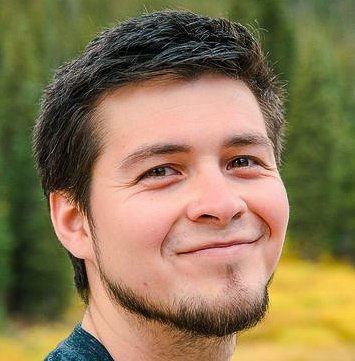10. Conservation of Energy
Intro to Energy Types
Learn with other creators
Practice this topic
- Textbook Question
A slingshot will shoot a -g pebble m straight up. With the same potential energy stored in the rubber band, how high can the slingshot shoot a -g pebble? What physical effects did you ignore in solving this problem?
1042views - Textbook Question
Tarzan, in one tree, sights Jane in another tree. He grabs the end of a vine with length m that makes an angle of with the vertical, steps off his tree limb, and swings down and then up to Jane's open arms. When he arrives, his vine makes an angle of with the vertical. Determine whether he gives her a tender embrace or knocks her off her limb by calculating Tarzan's speed just before he reaches Jane. Ignore air resistance and the mass of the vine.
1921views3rank - Textbook Question
The maximum height a typical human can jump from a crouched start is about cm. By how much does the gravitational potential energy increase for a -kg person in such a jump? Where does this energy come from?
2785views - Textbook Question
A slingshot will shoot a -g pebble m straight up. How much potential energy is stored in the slingshot's rubber band?
1437views - Multiple Choice
Which of the following is not a form of energy?
184views - Multiple Choice
Which two main forms of are commonly distinguished in ?
20views - Multiple Choice
Which of the following best describes the main types of energy commonly discussed in introductory physics?
19views - Multiple Choice
Which of the following is an example of thermal energy?
23views





